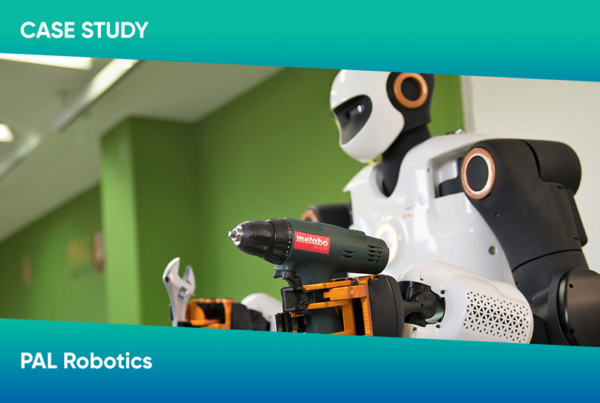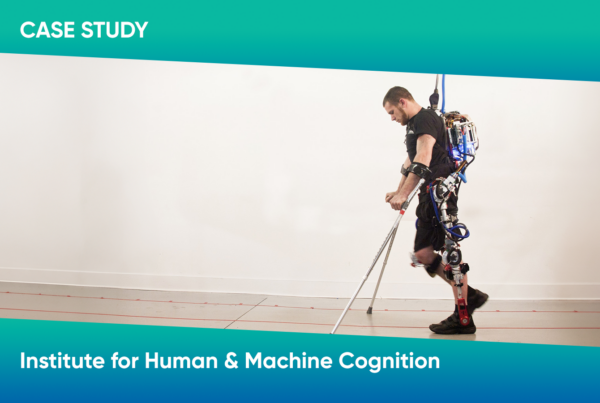Certus Mini D
Certus Mini D is a miniature dual antenna GNSS-aided INS that provides accurate position, velocity, acceleration, and orientation under the most demanding conditions.
Roll & Pitch
0.1 °
Heading (GNSS)
0.1 °
RTK Positioning
10 mm
Update Rate
1000 Hz

Certus Mini combines temperature-calibrated accelerometers, gyroscopes, pressure sensor and magnetometers with an advanced dual antenna GNSS receiver. These are coupled in an AI-based fusion algorithm to deliver accurate and reliable navigation data. The Certus Mini features low SWaP-C (Size, Weight, Power and Cost) and multiple communication interfaces for easy integration. It is available in both rugged and OEM packages and includes licence-free L1/L5 multi-constellation GNSS.
Certus Mini N is also available with a single antenna GNSS receiver.

Features


AI Navigation Algorithm
This provides accuracy levels up to 10 times that of a traditional Kalman filter.
The algorithm was designed for control applications and has a high level of health monitoring and instability prevention to ensure stable and reliable data.

High-Performance MEMS
The Certus Mini range contains high performance MEMS sensors that are put through Advanced Navigation’s intensive 8 hour temperature calibration process.
This provides the highest accuracy possible from this sensor class and outputs consistent accuracy over the full temperature range from -40°C to 85°C.

Reliability
The Certus Mini range has been designed from the ground up for mission-critical control applications where reliability is essential.
Built using a safety-oriented real-time operating system, all software is designed and tested to high safety standards with fault-tolerance in mind.
The Certus Mini range is designed, manufactured and tested to military standards.
L1/L5 Multi Constellation RTK GNSS
The Certus Mini D supports L1/L5 dual frequencies, and GPS, GLONASS, Galileo, BeiDou and NavIC constellations.
Access to multiple constellations and frequencies provides enhanced accuracy, availability and performance even in difficult environments such as multi-storey urban canyons.
The GNSS receiver has 10 mm position accuracy with real-time RTK or post-processed PPK.

Dual Antenna Heading
The Certus Mini D provides a high accuracy heading solution using two GNSS antennas. The Certus Mini D rapidly and consistently maintains an accurate heading without the need for magnetic calibration and is unaffected by magnetic interference.
Additionally, the system can determine heading while stationary. This makes it well-suited to applications where there is limited, or no, positional movement.
Applications
Specifications
Software
The Manager is the software provided for testing, configuration and logging with Certus Mini. Java 11 is required to run the application. Adoptium JRE 11 is the recommended Java installer. Please see the reference manual for more information.
20 Aug 2024 – V7.4
Get In Touch
Please select a topic below related to your enquiry. If you don’t find what you’re looking for, fill out our contact form.


